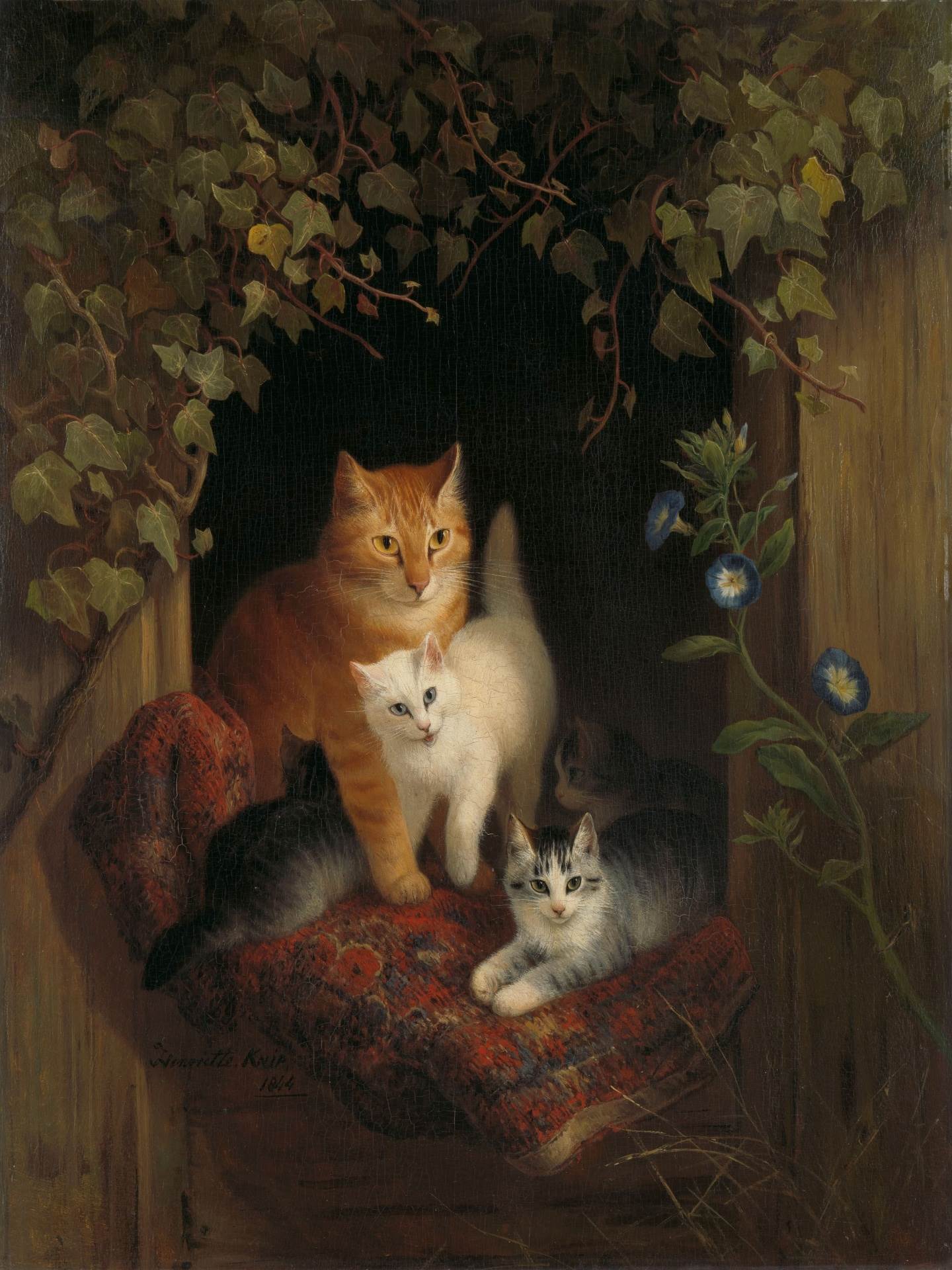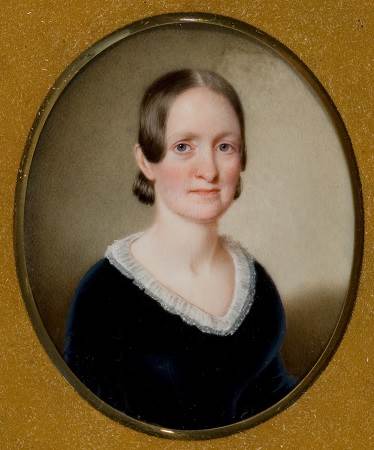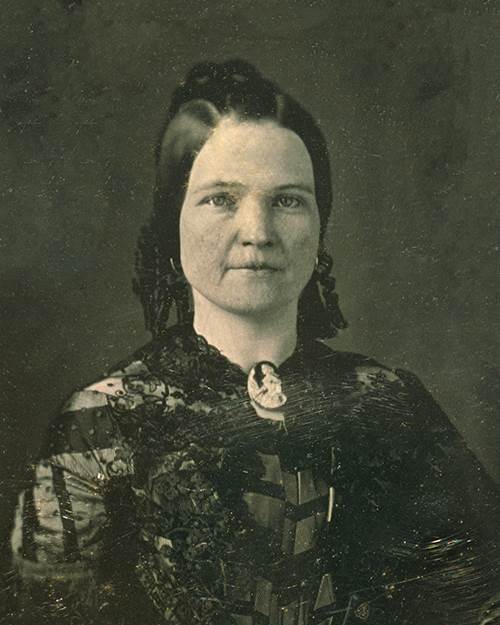By Christian McWhirter
Mary Lincoln’s life and legacy are wrapped in controversy. For over a century, observers and historians have scrutinized her actions and attitude — often aligning with one extreme or the other. What’s sometimes missing from these discussions is any sense of Mary’s specific historical context or how she may (or may not) have changed over time.
A key trope of these discussions is the lamentation that Abraham and Mary’s oldest son Robert destroyed all their personal letters. While it’s true Robert disposed of much of his parents’ correspondence — likely to protect their privacy — a few pieces have survived, and several are in the collection at the Abraham Lincoln Presidential Library and Museum. One of the most famous is Mary’s May 1848 letter to Abraham.
That letter is part of a series the couple exchanged while Abraham was serving his only term in Congress from 1847 to 1849. Mary had originally accompanied him to Washington — with young Robert and Eddy in tow — but soon grew dissatisfied with their cramped apartment near the Capitol and set out to spend time at her father’s house back in Lexington, Kentucky.
The ensuing correspondence (or at least what has survived) is one of the best lenses into Mary’s personal life and her oft-scrutinized marriage to Abraham Lincoln, then in its sixth year. It reveals a young couple, comfortable with each other, managing the typical concerns of middle-class life — childrearing, the peaks and valleys of their extended families, inside jokes.
This letter is mostly remembered for one of those jokes. At about the halfway point, Mary references “a little kitten” adding, with emphasis, “your hobby.” It’s a cute moment, as Mary is clearly teasing Abraham for his love of animals. It’s also frequently used as a citation by Lincoln biographers looking for evidence of the same, but its context is often ignored.
 An 1844 painting of a cat with kittens by Henriette Ronner-Kipp, a Dutch-Belgian artist. (Image from Wikimedia Commons)
An 1844 painting of a cat with kittens by Henriette Ronner-Kipp, a Dutch-Belgian artist. (Image from Wikimedia Commons)
The kitten is part of a larger story that provides us with an excellent glimpse of Mary as a young, loving mother navigating a strained relationship with her stepmother, Betsy, whose arrival when Mary was only 8 led to Mary being partly sidelined from her own family.
Mary explains that 4-year-old Robert (who she calls “Boby”) discovered a kitten in the yard and brought it inside. Eddy — then only 2 — notices the little feline and “his tenderness, broke forth, he made them bring it water, fed it with bread himself, with his own dear hands.” So far, this is a typical letter from a young parent sharing a moment of compassion from their child. Then, however, “Ma” enters the story. Mary pokes one of Abraham’s soft spots by noting “you must know she dislikes the whole cat race” before relating how Betsy “in a very unfeeling manner ... ordered the servant near, to throw it out, which, of course, was done, Ed — screaming & protesting loudly against the proceedings.”
So, the real story here is Mary still doesn’t get along with her stepmother and is resenting this breach of parental authority. Surely many of us can identify with some aspect of this dynamic as we navigate our own extended families. Mary even shows some conflicted emotions about Betsy, ultimately assuring Abraham “I know she did not intend to offend me.”
 Betsy Humphreys Todd, Mary Lincoln's stepmother, shown here in a painting by John Wood Dodge from around 1840. (Painting courtesy of the Mary Todd Lincoln House, Lexington, KY)
Betsy Humphreys Todd, Mary Lincoln's stepmother, shown here in a painting by John Wood Dodge from around 1840. (Painting courtesy of the Mary Todd Lincoln House, Lexington, KY)
But note what else is hiding in plain sight in this letter. Eddy “made them” get water for the cat. Betsy “ordered the servant” to take the cat away. The “they” and “servant” here are almost certainly African Americans enslaved by Mary’s father. That this horrible and important truth of Mary’s environment is mentioned so casually testifies to the enormous privilege the slave system afforded Mary, her family, and white Americans in general. Consider too how Abraham was at that same time ensconced with some of the most anti-slavery members of Congress, led by Joshua R. Giddings. The fate of slavery as an institution may well have been at the forefront of Abraham and Mary’s minds, but the people most harmfully affected by that institution are anonymous and supplicant figures in their correspondence.
And these are just two aspects of this multi-faceted letter. By most accounts, Mary was eloquent and chatty, and that is evident in this document, not least by its length. Along with the cat story, Mary jokes about her poor memory (perhaps a sign of chronic migraines, perhaps not), updates Abraham on her sister Frances in Springfield, speculates on her future summer travels, and even teases about flirting with a former suitor.
Mary closes with sincerity, noting how Eddy’s “eyes brighten at the mention of your name” to assure Abraham that his family hasn’t forgotten him. Here Mary is the devoted wife, one of the many identities she wears in this letter — nurturing mother, resentful stepdaughter, sister, teasing flirt, member of a slaveholding household. She’s a complex, full person with all the joys, sadness, and contradictions that entails. What’s more, we know the three decades ahead of her will be full of impactful and traumatic events that will continue to shape Mary’s personality and legacy. We only ever get glimpses of historical figures but, in at least this case, Mary provides us with a pretty clear picture at a specific moment in her life.
 The earliest known photograph of Mary Lincoln, probably taken in 1846 or 1847. (ALPLM collection)
The earliest known photograph of Mary Lincoln, probably taken in 1846 or 1847. (ALPLM collection)
Mary Lincoln’s May 1848 letter is currently on display in the ALPLM's Treasures Gallery. You can view a fully transcribed and annotated high-resolution scan of it here at our Papers of Abraham Lincoln project.
Christian McWhirter is the Lincoln Historian at the Abraham Lincoln Presidential Library and Museum.